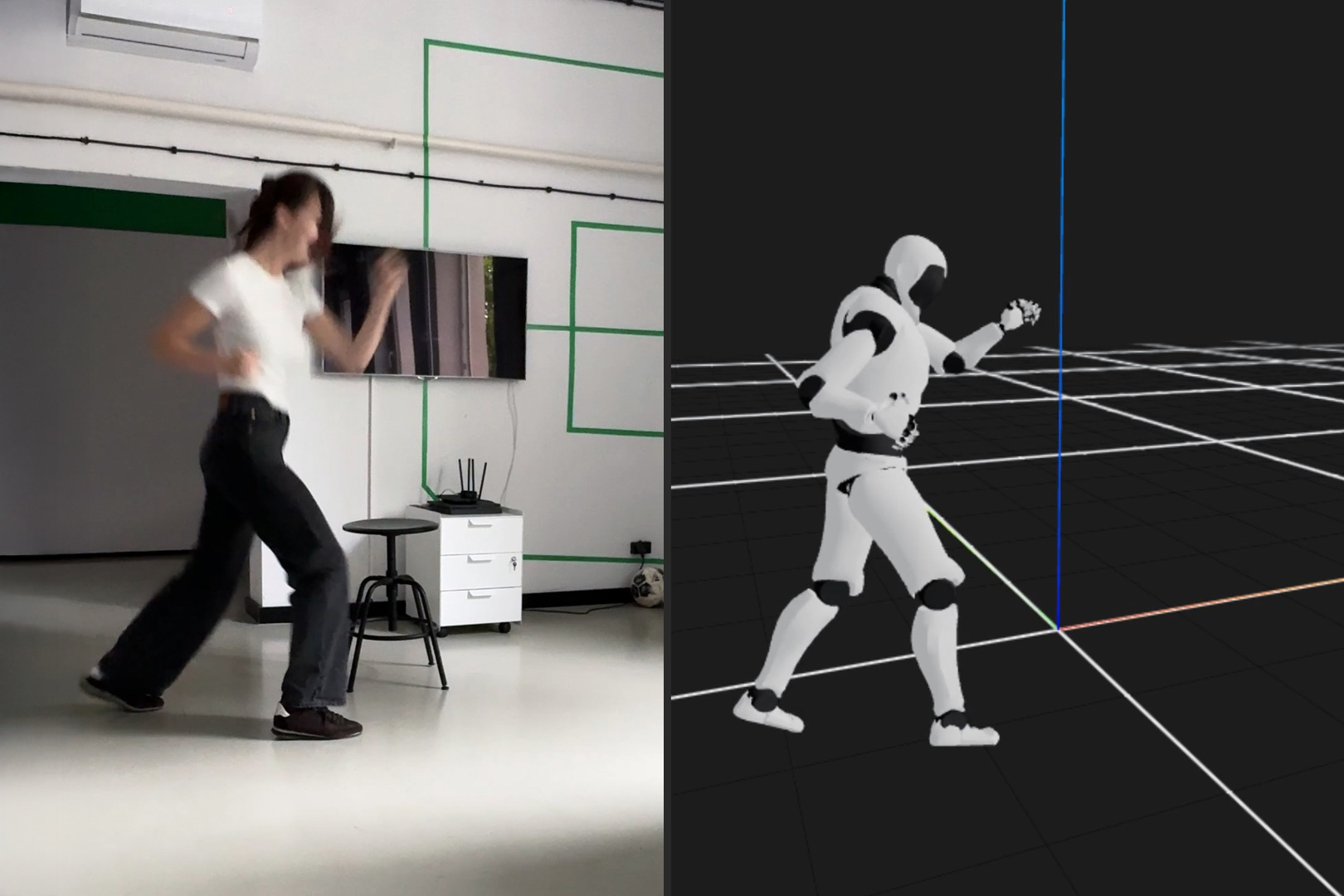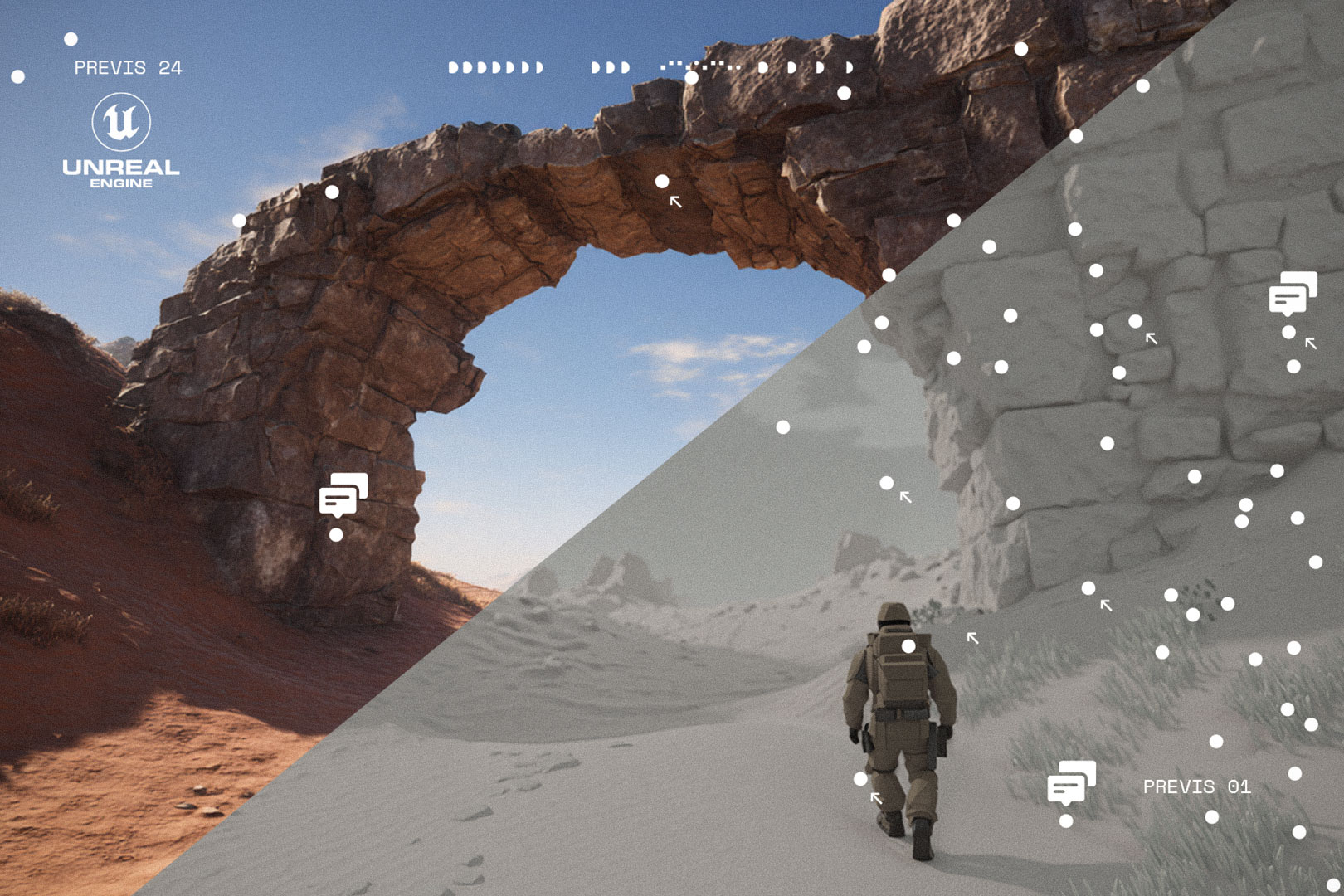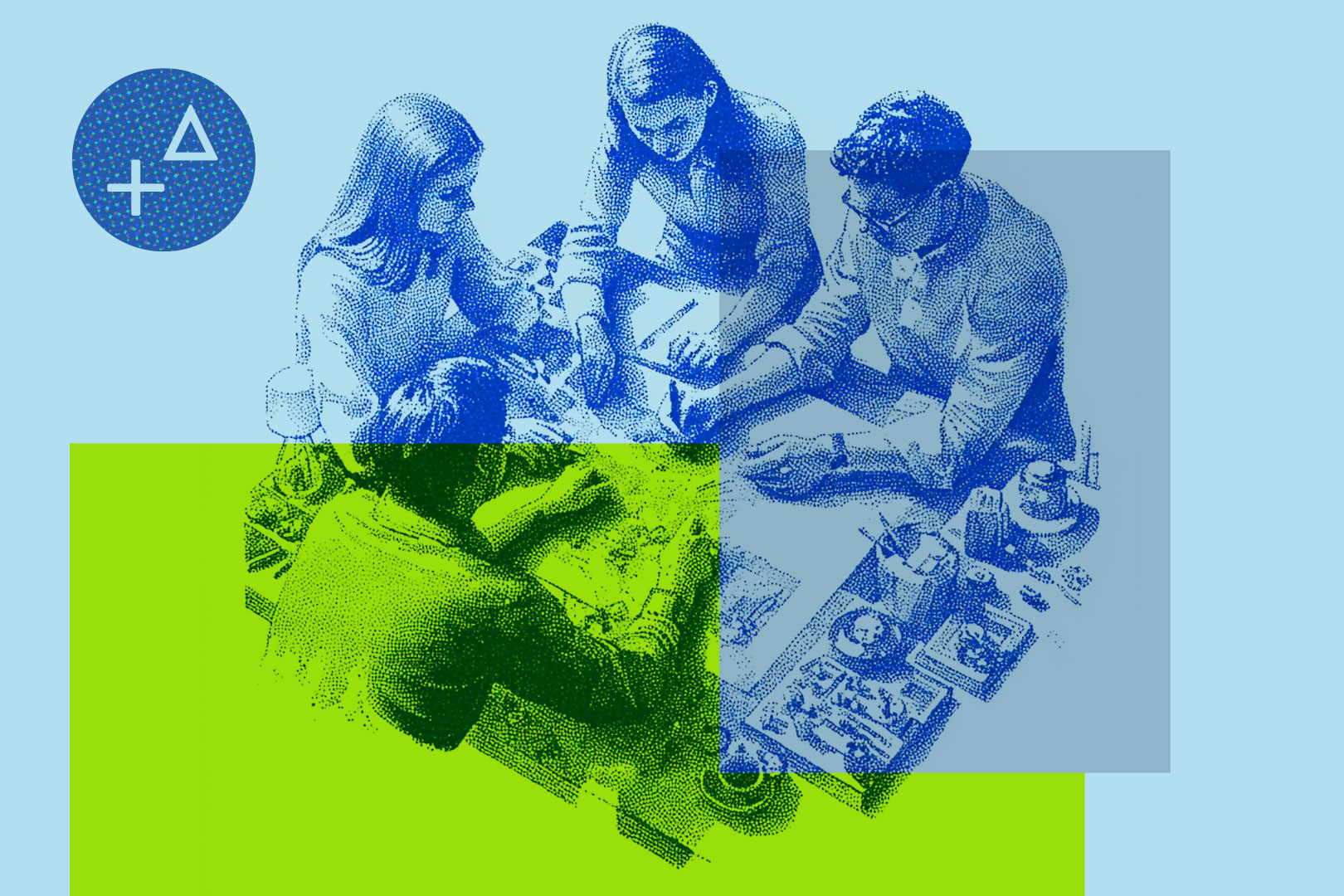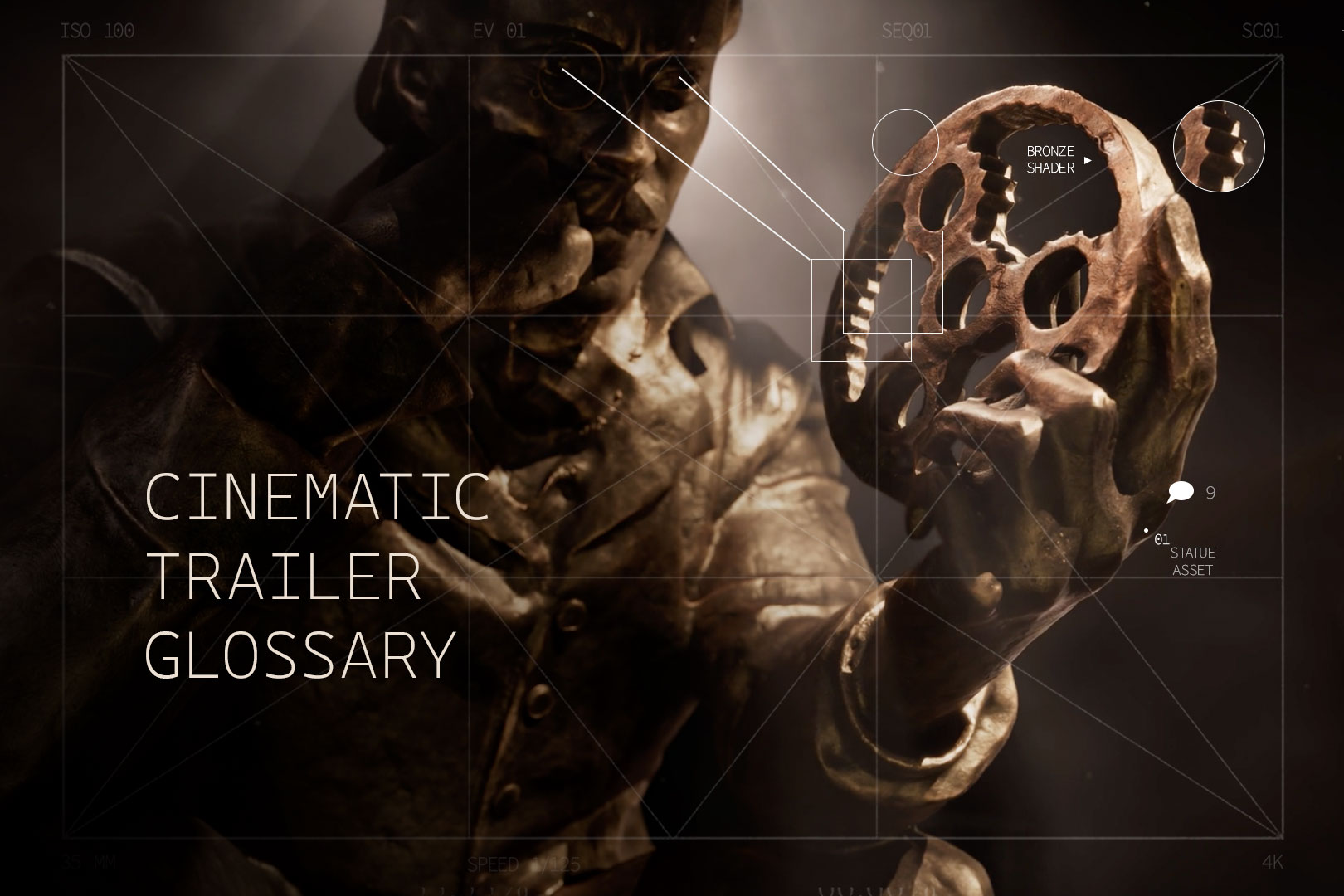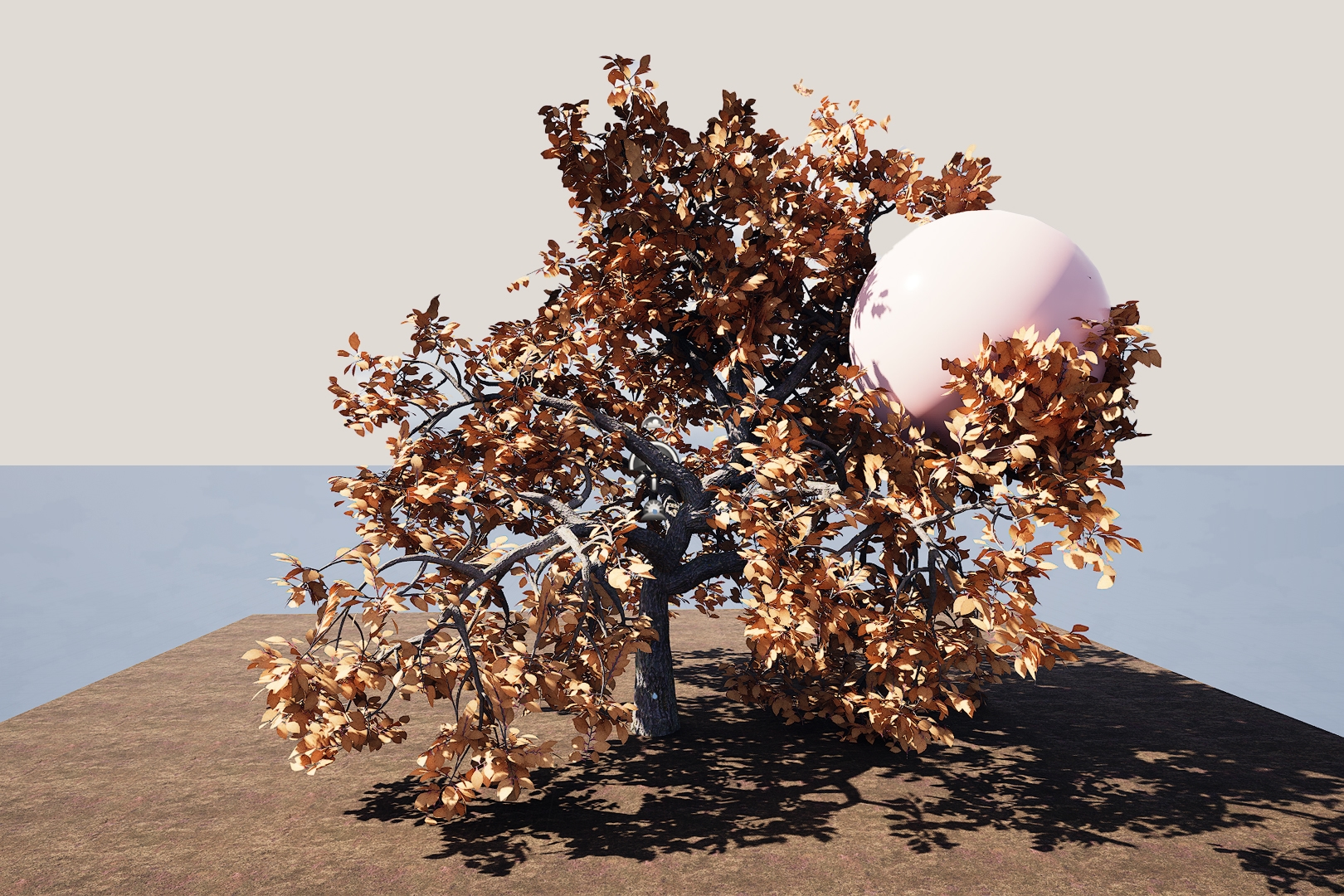Virtual production on LED screens is the way of the future for many reasons. It is an advanced filming technique that is gaining popularity as a solution to the problem of difficult green-screen background replacement. There are many advantages of this technology.
This article covers some reasons why virtual production on LED screens is a great choice over traditional green screens.
The Problem of Green screens
Green screens have been used in filmmaking for years, allowing filmmakers to create special effects by filming in front of a green screen and then replacing the background with a computer-generated image. Despite its popularity and cost-effectiveness, the technology has limitations and cannot be used in all situations.
Actors struggle with green screens
It's not easy for anyone to act in front of a camera and pretend to see something, but the only thing they see is the green sign.
With this technology, everything is done in post-production, which makes it very difficult for filmmakers to see what a scene will look like.
One of the hardest things for actors to do is pretend to see something when in reality all they see is green screen. Since everything is done in post-production, it can be difficult for the actors to know what the final scene will look like.
They must therefore rely on their imagination and experience to create the illusion of seeing things that are not really there. This can be especially difficult for young or inexperienced actors.
Green screens are difficult to light
Green screens are one of the most popular tools used in film and video production, but they can be difficult to light. The challenge is to evenly illuminate the screen while avoiding hot spots or glare. One way to achieve this is to use diffused lighting, such as soft boxes or umbrellas. This type of lighting disperses the light over a larger area, making it less likely to cause hotspots. Another approach is to use backlighting, which helps to separate the subject from the screen. However, this can be tricky to set up properly, and it’s important to avoid washing out the subject with too much light. Ultimately, there is no one perfect way to light a green screen. It’s important to experiment and find what works best for your particular setup.
Green screens are terrible at rendering the illusion of depth.
For anyone who has ever tried to record a video with a green screen, the limitations of the technology are immediately apparent. No matter how well the green screen is lit or how carefully it is calibrated, the resulting video always looks flat and unnatural. The problem is that green screens are terrible at rendering the illusion of depth. This is because the green color canceling out all other colors in the image, leaving only a two-dimensional silhouette. As a result, objects recorded against a green screen will always appear to be floating in front of a flat background. While this might be acceptable for some applications, it is often a major problem for filmmakers who are trying to create believable special effects.
How do LED wall work in Virtual Production?
LED's provides instant feedback to the director while shooting
Virtual production is a cinematic technique that combines traditional live action shooting with computer-generated imagery (CGI). This method allows directors to see what their movie will look like with CGI elements before they are even added in post-production. Thus, virtual production can provide instant feedback to directors during filming and can also help speed up the entire filmmaking process.
Virtual production has been used in many high-profile movies in recent years, including Avatar, The Mandalorian, and Dune. As technology continues to develop, it is likely to become more common in the world of filmmaking.
The term “virtual production” was first coined by filmmakers who were working on Avatar (2009). In a traditional film or television production, actors perform in front of a green screen, which is then replaced with computer-generated imagery in post-production. In contrast, in virtual production, the CGI is created in real-time using game engines such as Unreal Engine.
Virtual production has grown in popularity in recent years, with directors such as James Cameron embracing the technology. One of the main advantages of virtual production is that it allows greater creative freedom. In Avatar, for example, the director was able to create an entire world that would otherwise have been impossible to build. It can also be used to create things that would be too expensive or dangerous to shoot in real life.
However, one of the challenges of virtual production is that creating complex CG environments can be time-consuming and expensive. That's why is often used for big-budget movies and TV shows that have the resources to invest in the technology.
Virtual Production - the future of filmmaking
Virtual production is a technology that is revolutionizing the film industry. It allows filmmakers to bring their creative visions to life more efficiently and cost-effectively, with many benefits for production teams and audiences. Using the latest advances in virtual reality, motion capture and real-time rendering, virtual production allows filmmakers to create stunning visuals and immersive experiences previously unimaginable.
At our company, we pride ourselves on being at the forefront of this exciting technology and providing our customers with the opportunity to take advantage of its many benefits. Whether you're an experienced filmmaker or new to the industry, virtual production has the potential to change the way you tell stories and bring your ideas to life.


